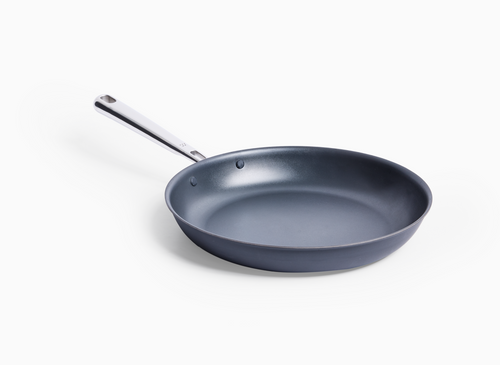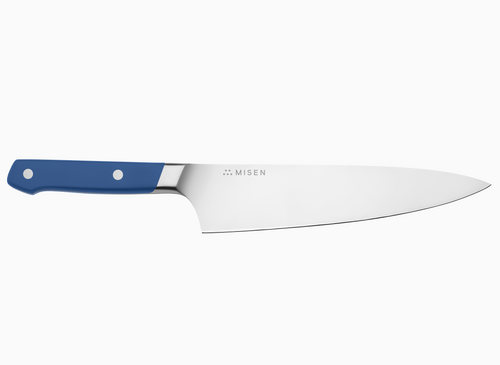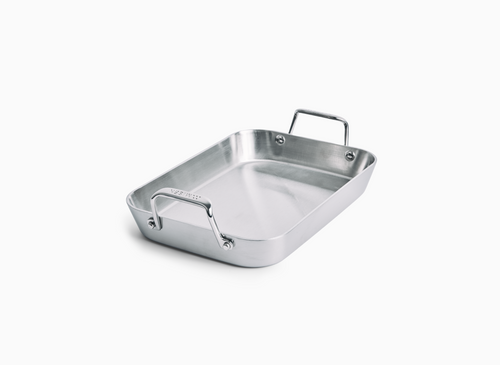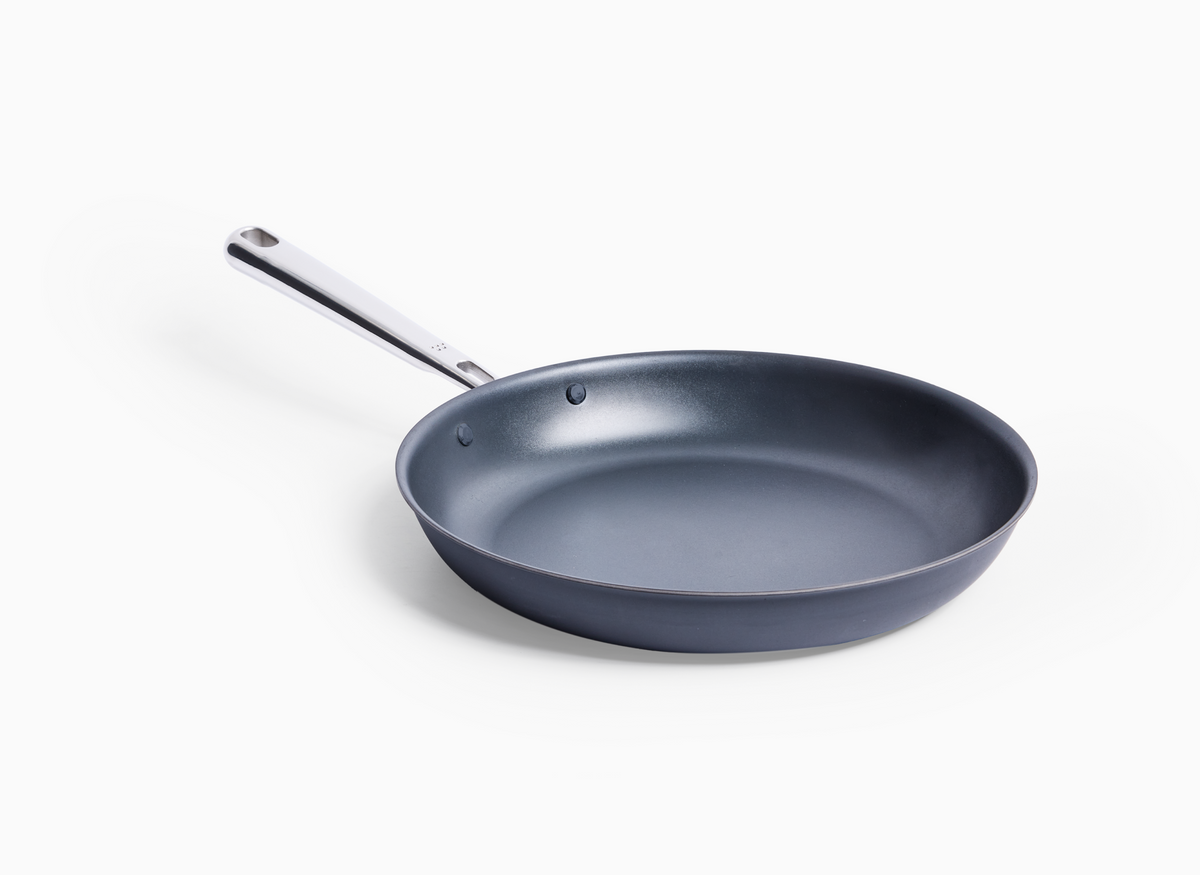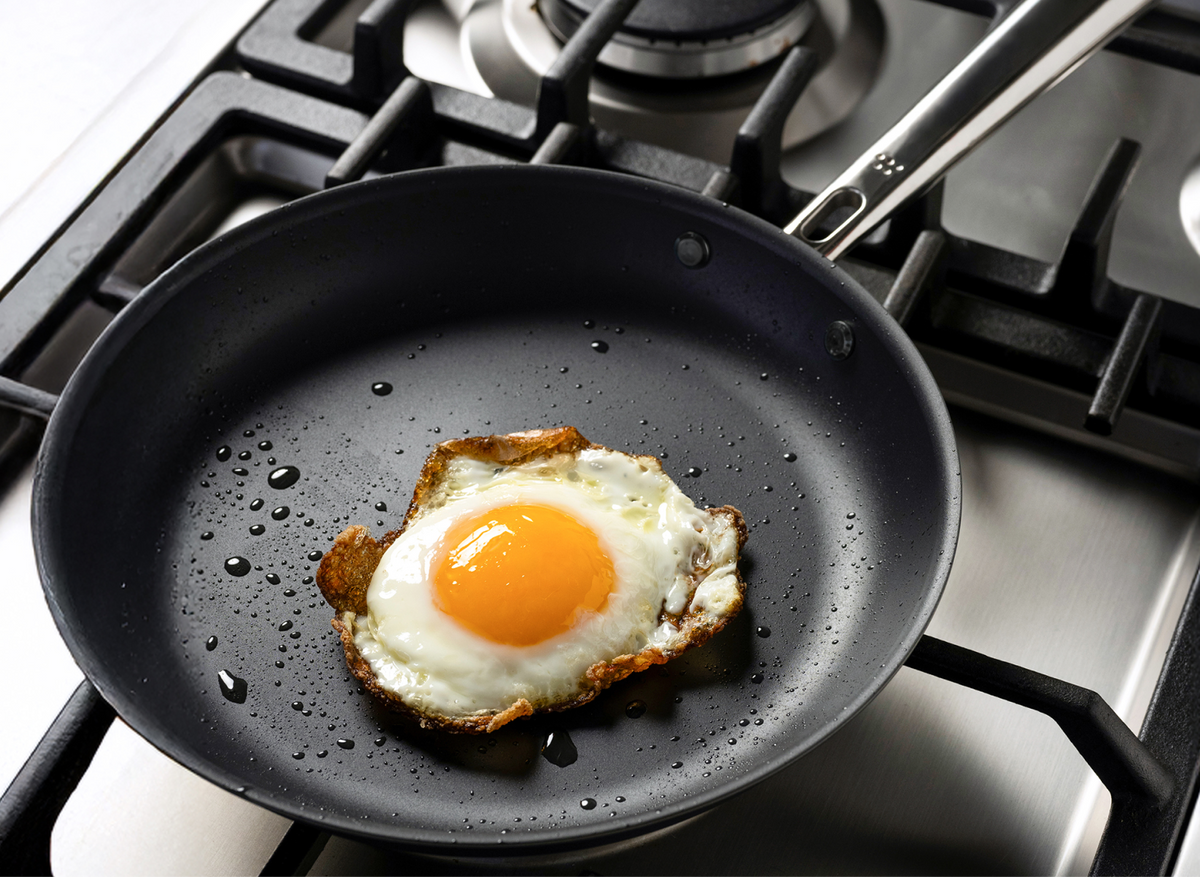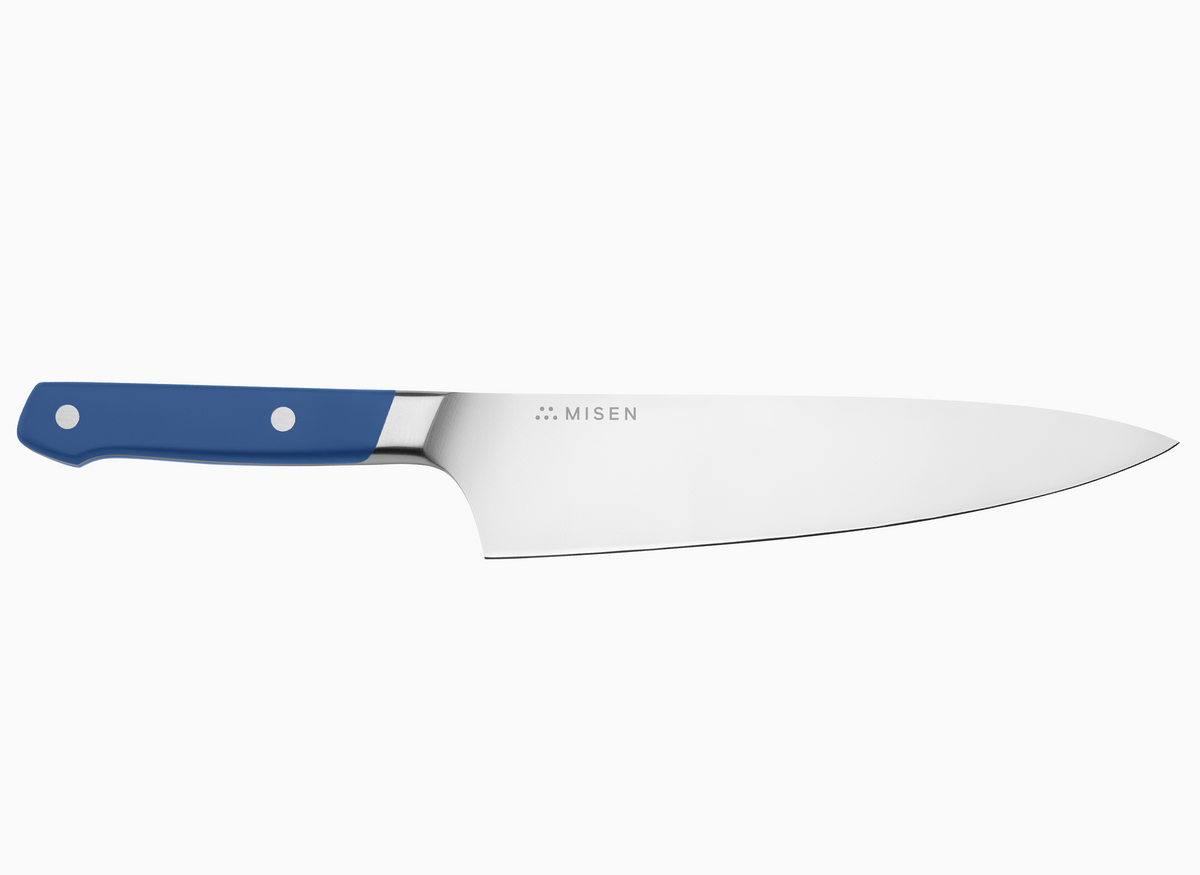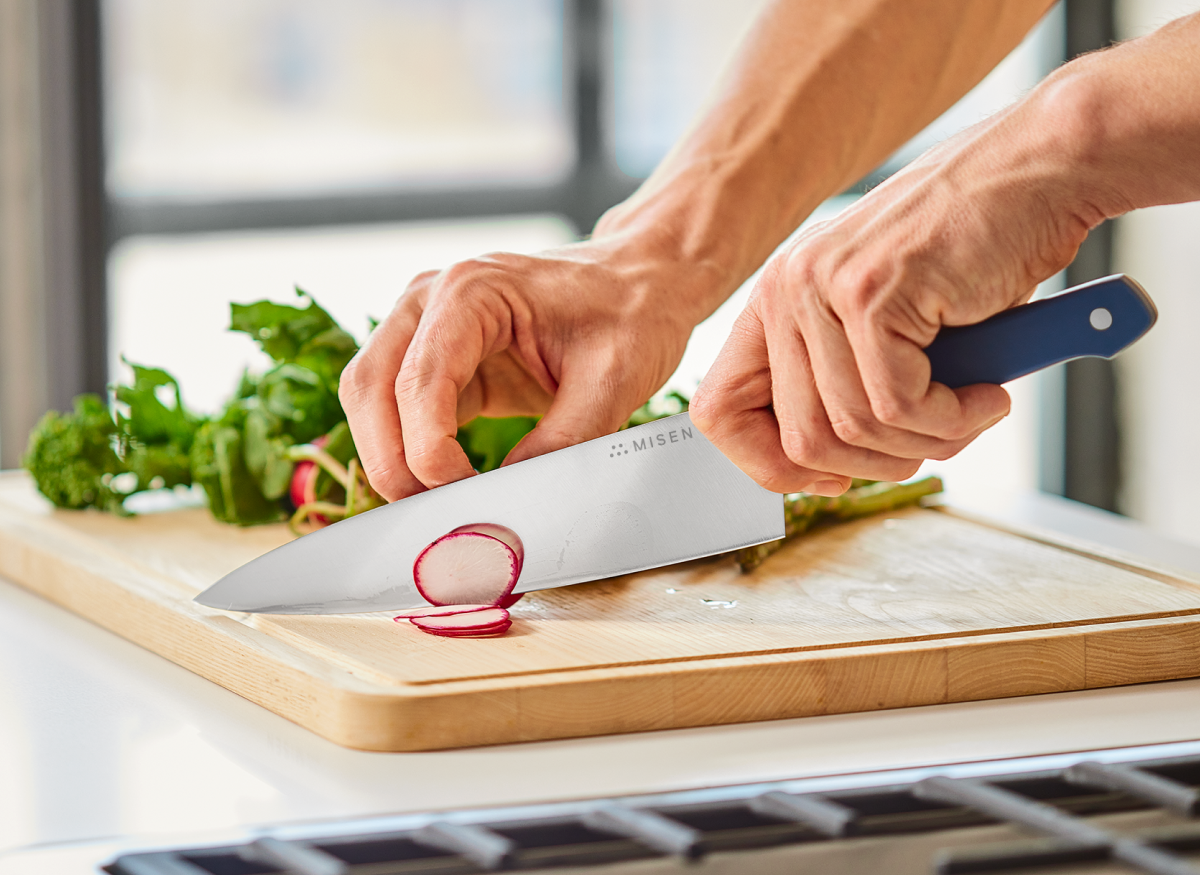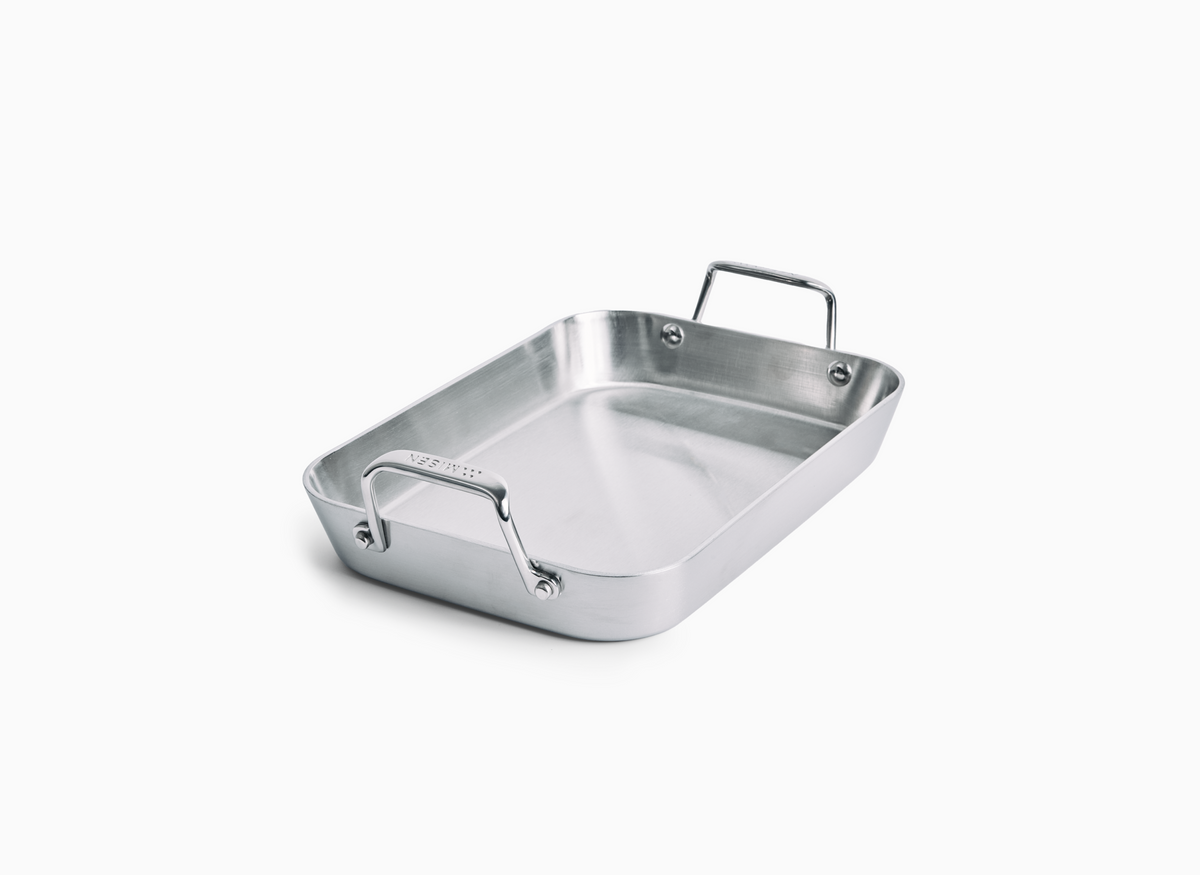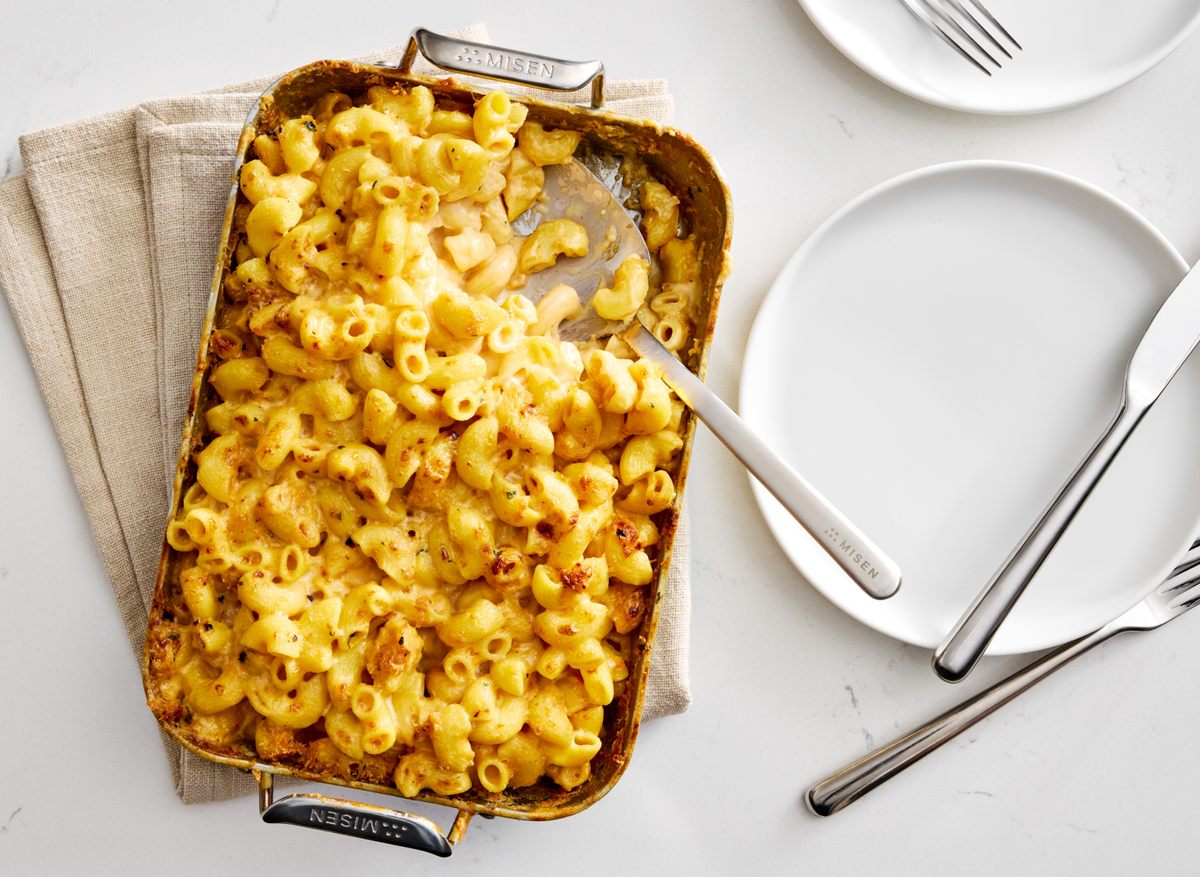Are Misen Knives Good?

Misen Brand Overview
A unique blend of innovation and affordability underpins Misen’s journey.
History and mission of Misen
Misen emerged from a frustrating search for quality, affordable cookware after the founder lost an expensive pan. This experience revealed a gap between low-quality tools and overpriced premium brands[1]. The name "Misen" derives from 'mise en place' – the culinary practice of properly preparing one's workstation before cooking[2].
Launched through a successful, $1M Kickstarter campaign, followed by 10 Kickstarters that raised $14M dollars from over 130,000 people over 9 years, Misen focuses on creating premium kitchen tools without retail markups. Their development process involves extensive testing with designers, engineers, and chefs to optimize features that enhance cooking performance while eliminating unnecessary costs[2].
Product range and materials used
Misen's knife collection centers around their flagship 8-inch chef's knife, made from AUS-10 high-carbon steel with a 15-degree edge angle[4]. This steel offers an optimal balance of edge retention and ease of sharpening.
The knives feature a hybrid design combining Western-style curved blades with thinner Japanese-style profiles. A forged bolster enables comfortable pinch grip handling, while the full tang construction extends through the TPE composite handle for superior balance and longevity[4].
Direct-to-consumer business model
The company manufactures their own knives and sells exclusively online, delivering premium quality at more accessible price points. This model ensures more of each customer's dollar goes directly toward knife quality rather than distribution expenses.
However, this approach has presented some challenges. As mentioned in customer feedback, there have been instances of extensive delays and communication issues with services like knife sharpening[4]. These experiences highlight areas where the company is actively working to improve their direct service capabilities and customer support.
Are Misen Knives Good? Analyzing Performance
Precision engineering and smart design yield dependable performance despite minor trade-offs.
Sharpness and edge retention
Our knives come factory-sharpened with a 15-degree edge angle. The AUS-10 high-carbon blade, offers good edge retention while remaining easy to sharpen[5].
While the knife maintains adequate sharpness for daily use, it may require more pressure compared to some higher-end models[4]. The blade's increased thickness behind the edge also provides enhanced durability and resistance against chipping during heavy use[4].
Balance and ergonomics
The chef's knife features a forged bolster with a distinctive backward slope that naturally guides users into a professional pinch grip, reducing hand fatigue while offering superior control[3].
Its full tang construction creates a precise balance point under the bolster, and the grippy composite handle ensures secure control during extended use[3].
Durability and maintenance
To retain optimal performance and longevity, the AUS-10 high-carbon blade should be hand washed and dried immediately to prevent rust[6]. Regular honing every 2-4 uses, and professional sharpening 2-3 times a year, is recommended[6].
The blade’s robust construction offers significant durability and resistance to chipping, even when used on bones or dense materials[4].
Value Proposition of Misen Products
Balanced quality and cost create a compelling value proposition for budget-conscious cooks.
Price comparison with competitors
The 8-inch chef knife is priced around $85, striking a balance between budget offerings and premium models. Though it may require slightly more cutting force compared to high-end alternatives, it competes well within its price range[14].
Quality-to-cost ratio
Delivering durability and edge retention with its AUS-10 steel construction, the knife offers significant value at a sub-$100 price point, enhanced further by its versatile hybrid design[15].
Warranty and customer service
A limited lifetime warranty covers defects in material and workmanship when the product is purchased directly, though typical wear such as chips or dulling isn’t included[16]. Customer service improvements are continually being made to address issues like sharpening delays.
Consumer Feedback and Expert Opinions
Diverse opinions from chefs and home cooks reveal both strengths and areas for improvement.
Professional chef testimonials
Renowned chef J. Kenji Lopez-Alt hailed the chef’s knife as "the holy grail of inexpensive chef’s knives" following extensive testing across various culinary tasks[18]. Nonetheless, detailed technical evaluations revealed minor quality control inconsistencies, particularly in blade hardness[18].
Home cook experiences
Home cooks appreciate the knife’s comfortable TPE handle and the natural pinch grip provided by the sloped bolster. Many users report excellent edge retention with consistent performance over several weeks of regular use[19].
Long-term user reviews
While some long-term users note a decline in blade performance over time, others continue to commend its durability and overall balanced design[20].
- Misen knives blend quality with affordability, offering great value for home cooks.
- The AUS-10 high-carbon steel blade ensures respectable edge retention and durability.
- An ergonomic design featuring a sloped bolster enhances comfort and control.
- The direct-to-consumer model delivers competitive pricing despite occasional service challenges.
- Customer feedback drives continuous improvements in quality and support.
- Medium Article on Misen Premium Cookware
- About Misen
- Serious Eats Review
- Nothing But Knives Review
- Quora Discussion on Misen Knives
- Misen Knives Care
- Cookware Materials Explanation
- Prudent Reviews on Misen Cookware
- Skillet Cooking Insights
- Cooking with Stainless Steel
- Misen Nonstick Pan Review
- Buzzfeed Misen Nonstick Pan Review
- Living Cozy Misen Pan Review
- NY Times Chefs Knife Review
- Epicurious on Best Chefs Knife
- Misen Warranty Information
- Prudent Reviews Misen Knife
- Wired Misen Chef's Knife Review
- The Fascination Misen Knife Review
- Reddit Misen Knife Review
